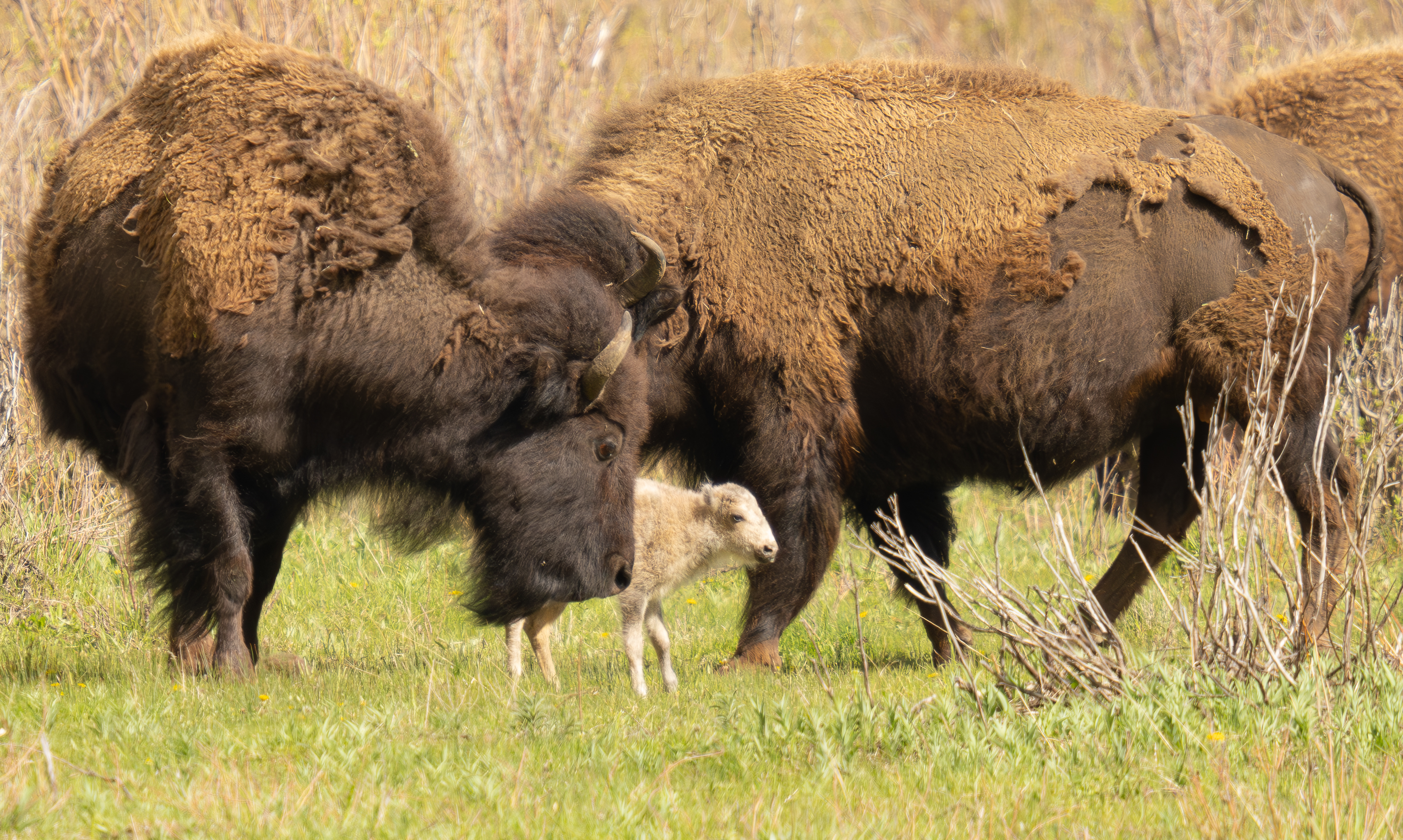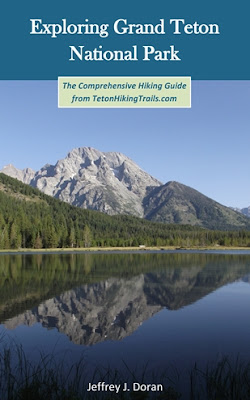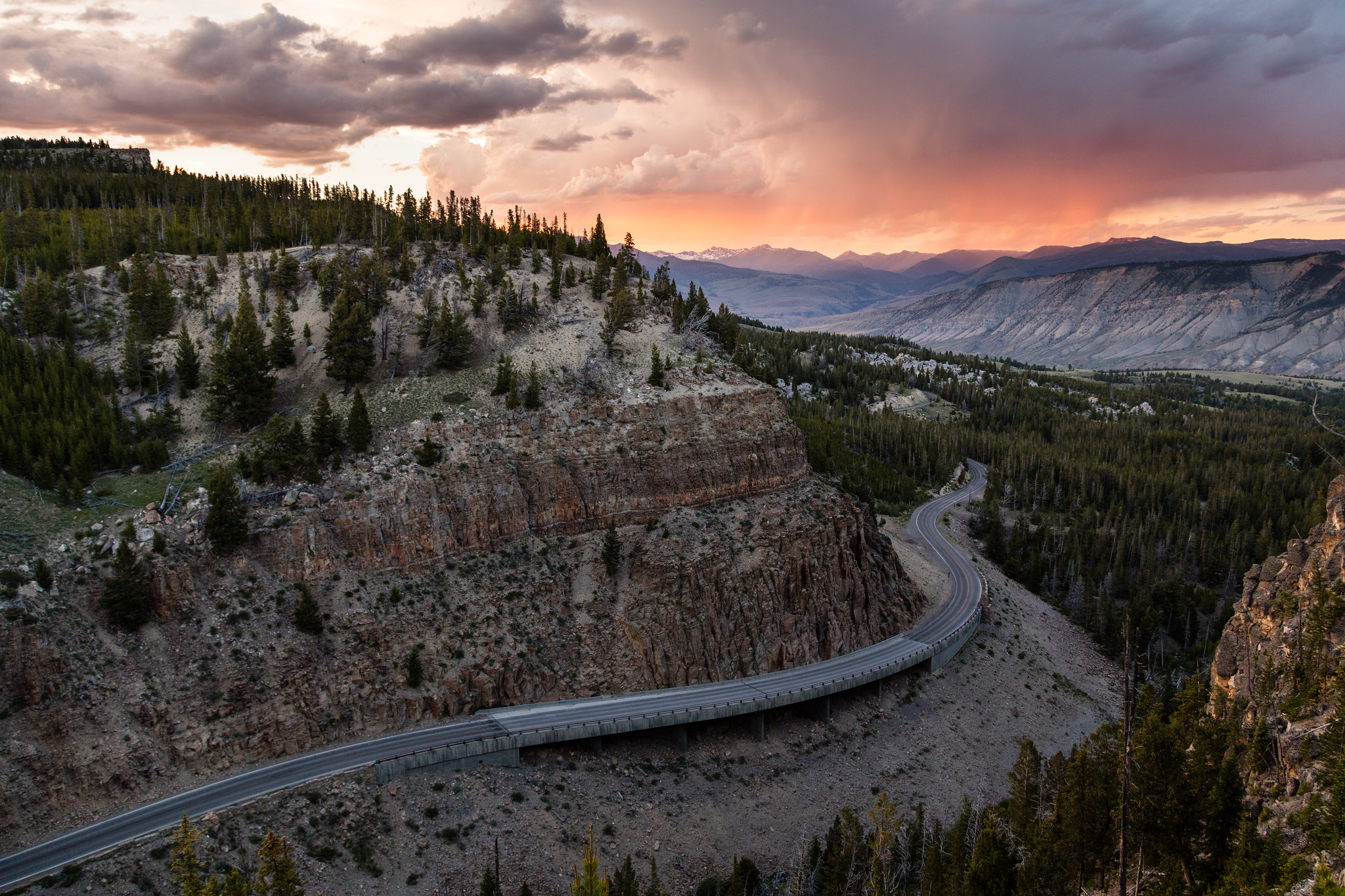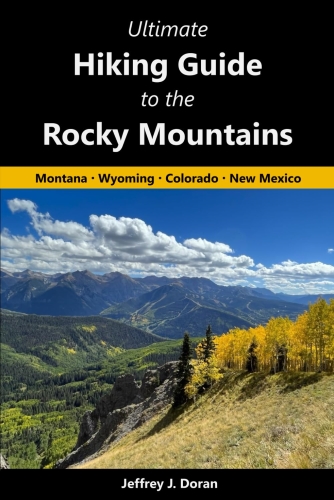The following was adapted from my book,
Ramble On:
How the First Hiking Clubs Brought Hiking into the Mainstream:
The significance of the first hiking clubs cannot be understated. Not only were they responsible for the construction of thousands of miles of hiking trails, but they also played leading roles in the establishment of several national parks. Perhaps most importantly, they helped to expose countless numbers of people to the fledgling sport of hiking, and in the process, made it one of America‘s most popular outdoor activities.
Hiking clubs came in all shapes and sizes, each having their own sets of goals and reasons for organizing. Most formed to hike as groups in local forests and nearby mountains, thus allowing their members to socialize with other like-minded individuals. A majority of the clubs that were established between the Civil War and World War II focused at least some of their time on building trails, many of which are still in existence today. Both large and small clubs were responsible for the construction and/or maintenance of several iconic trails across America; including the Appalachian Trail, Long Trail, John Muir Trail, Colorado Trail and the Mountains-to-Sea Trail, among many other shorter and lesser-known footpaths. Still others formed to advocate for the creation and preservation of parks, mountains and forests. To state the obvious, hikers needed places to hike. Thus, hiking provided another reason for preserving wilderness areas. An array of clubs across the country would play extremely important roles in the establishment of Mt. Rainier, Yosemite, Kings Canyon, Crater Lake, Olympic, Rocky Mountain and the Great Smoky Mountains as national parks. Many of these same organizations also helped to secure federal protection for other wilderness areas, such as the Indiana Dunes National Lakeshore (now a national park), Cascade Range Forest Reserve, Oregon Caves National Monument, Muir Woods National Monument, Linville Gorge Wilderness and the Shining Rock Wilderness.
Arguably the most far-reaching impact of hiking clubs was their effectiveness at introducing the new pastime to novices, especially through various forms of media. Almost from the start, clubs used a wide array of communication tools to promote themselves, and in turn, the sport of hiking itself. Most clubs published periodic newsletters, many of which were shared with other organizations throughout the country. Some clubs announced their outings and events to the general public in local newspapers. Many also published magazines, trail guides and maps, all of which were easily disseminated to the general public.
It was specifically the use of newsletters that would help to promote the sport to expanding audiences of hikers. Hiking organizations typically used newsletters to announce outings, events, upcoming meetings, past meeting minutes, news items, hiking tips and advice, and of course trip reports, some of which were extensively detailed. Some included poems, book reviews, information on pertinent legislation, progress on trail building efforts, reports on the geography and natural history of the local mountains and forests, while others published detailed scientific data, such as barometric observations to measure the elevations of nearby mountains. Many clubs also published news and articles from other club newsletters.

Although it may not be widely known or recognized, hiking clubs were not exclusively comprised of anonymous individuals who have been lost to history. In fact, there were countless individuals who already were, or would become nationally famous. There were highly accomplished mountaineers, such as Fay Fuller, Fanny Bullock Workman, Bradford Washburn, Jim Whittaker and Annie Peck. There were several future politicians, such as Franklin Delano Roosevelt, William O. Douglas, Nelson Rockefeller and Dick Lamm. Hiking clubs across America also counted among its membership individuals who were instrumental in the creation of national parks, or were leaders in the conservation movement. This included John Muir, Stephen Mather, Enos Mills, Roger Toll, William Henry Jackson, Ansel Adams, Bob Marshall, Gifford Pinchot, Harvey Broome, George Masa and Horace Kephart.
Below are brief profiles of the first hiking clubs:
The Exploring Circle (1850): Most writers and historians point to the Alpine Club of London as being the first mountaineering club in the world, and the Alpine Club of Williamstown as being the first hiking club in America. However, it should be noted that the U.S. National Park Service recognizes the Exploring Circle as preceding both of those clubs by several years. The Exploring Circle was founded in 1850 by Cyrus M. Tracy and three other men from Lynn, Massachusetts. The four men, all mechanics, formed the club to advance their knowledge of the natural sciences as they pertained to the wooded areas adjacent to their town. This included zoology, topography, mapping, mineralogy, meteorology, as well as documenting botanical specimens and unusual geological formations. They also took part in other educational pursuits that would help to enhance their understanding of the natural sciences, such as the study of language. Although not a true hiking club in the same sense as the clubs that would emerge several years later, the National Park Service does recognize the Exploring Circle as “the first hiking club in New England.” In addition to their pursuit of knowledge, the club held periodic outings, and built trails and camps in Lynn Woods, some of which still survive today. Throughout the years the group added new members, and is documented as having existed until at least 1881. Tracy’s greatest legacy was securing funds to save the wooded areas around Lynn, which became known as the “Free Public Forest,” and is now the second largest municipal park in America. The forest is now part of the Lynn Woods Historic District, which was added to the National Register of Historic Places in 1996.

(1857): A few years after the founding of the Exploring Circle the Golden Age of Alpinism was commenced with the ascent of the Wetterhorn in Switzerland. Over the next eleven years several major peaks in the Alps would be climbed for the first time, including the Matterhorn in 1865, which marked the end of this historical era in mountaineering. Most of these first ascents were made by British climbers. It was against this backdrop that eleven prominent mountaineers met at Ashley's Hotel in London in 1857 to discuss the formation of a club for accomplished mountaineers. Within a few years the Austrian, Italian and Swiss Alpine Clubs would also be organized, and by 1900 several dozen alpine clubs had been established across the globe, most of them in Europe.
The Alpine Club of Williamstown (1863): The Alpine Club of Williamstown appears to be the first hiking club of any type to include women. In addition to Professor Albert Hopkins, Professor Paul Chadbourne and Reverend Harry Hopkins of Williams College, there were nine unmarried ladies from Williamstown who formed the nucleus of the original club. Over the course of its first full year, four more women and nine men were added to its membership rolls. Most of the new male members were students from Williams College. During its brief existence, Professor Hopkins led students and town citizens on several hiking and camping excursions across the region. The inclusion of women in this club likely set a precedent for the clubs that would follow. Among the second wave of individuals to join the club was Samuel H. Scudder, who would become one of the co-founders of the Appalachian Mountain Club. It seems likely that he saw the inclusion of females as a positive, and advocated for their involvement while helping to establish the Appalachian Mountain Club more than a decade later.
White Mountain Club (1873): A few years after the demise of the short-lived Williamstown club, six leading citizens from Portland, Maine established the White Mountain Club. The idea for the club was hatched during an extended weekend climbing trip on Mount Carrigain in New Hampshire. Although they didn’t reach the summit during that fateful August trip, the six men decided to form a hiking club. Like the Alpine Club of Williamstown, the White Mountain Club was also short-lived, lasting only until 1884. Despite its brevity, the club left a more physical legacy than its predecessor. The White Mountain Club built trails, took barometric pressure readings to calculate the heights of mountains, and created maps that accurately identified trails, mountains and other significant landmarks in the Mt. Carrigain area, and in the Mahoosuc Range of western Maine. Additionally, one of its members, John M. Gould, published
Hints for Camping and Walking: How to Camp Out in 1877, which was likely the first true camping guide to be published in America.
Rocky Mountain Club (1875): In 1875, the first “Rocky Mountain Club” was formed in Denver, Colorado. Little is known about this club, other than its famous members, which included Frederick Hayden, Albert Bierstadt and Cyrus West Field. Charles Fay, one of the charter members of the Appalachian Mountain Club, speculated that the club didn’t last long because that area of the country was still unsettled, and as a result, the pioneers who lived there simply didn’t have time for recreational activities. Another club bearing the same name was established in 1896.
Appalachian Mountain Club (1876): In 1876 the Appalachian Mountain Club was formed in Boston “for the advancement of the interests of those who visit the mountains of New England and adjacent regions, whether for the pursuit of scientific research or summer recreation.” Among the founding members were Edward Pickering, Samuel Scudder, Charles Fay and several other natural science and mountain enthusiasts, many of whom were academics from MIT, Harvard and Tufts University. Over the course of its first few decades the AMC built trails, constructed overnight shelters, published maps, played a critical role in the construction of the Appalachian Trail, and acted as an organizational model for future hiking clubs. The Appalachian Mountain Club is now the oldest hiking club in America. It has 12 chapters located throughout the Northeast, and boasts more than 150,000 members, advocates and supporters, including more than 16,000 volunteers who lead roughly 8000 trips each year. In 2015, the club employed 735 full time and seasonal staff, and in 2021, had an endowment exceeding $96 million. The club also maintains more than 1800 miles of trails, including nearly 350 miles of the Appalachian Trail.
*******************************************************************************
Virtually no one went hiking before the 19th century.
What occurred that inspired ordinary people to take a walk through the woods for pleasure? Ramble On explores the rich history of hiking, and how it evolved into one of the most popular pastimes in the world:














